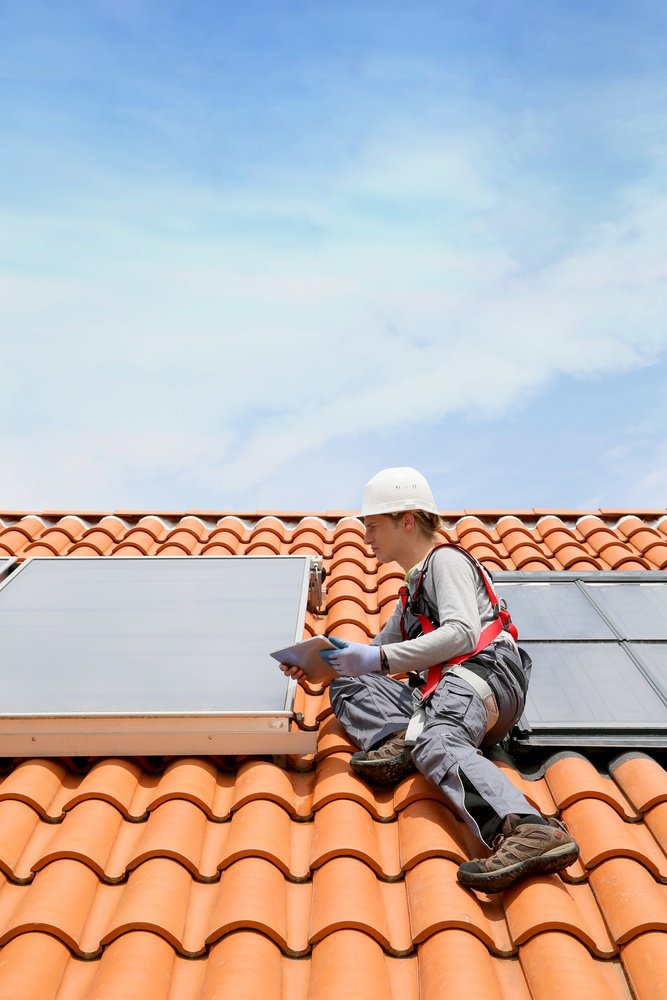As we move towards renewables in our efforts to decarbonise our economies, energy storage is becoming increasingly important. Could householders become an integral part of national electricity networks?
When Adam Courtney decided he wanted to reduce the energy bills at his “not particularly energy efficient” Grade II listed house in Godmanchester, England, solar panels were the obvious answer.
But, he says, he soon realised that the savings weren’t as great as he’d hoped. Renewable sources of energy don’t necessarily deliver at the right time and cloudy days saw his family drawing heavily on the national grid.
Meanwhile, he had spare capacity on sunny days, but got very little in return.

“We’d ended up feeding back into the grid, but the payment is tiny, so I ended up thinking ‘why do that?’,” he says.
Instead, the data centre owner decided that he himself could make better use of the electricity he was generating, if only he were able to store it for when it was needed.
He started researching battery storage – even at one point considering building his own system – before opting for a Tesla Powerwall that can store the excess energy generated by the solar panels.
The unit and supporting hardware costs just under £6,000, with installation costs of up to £3,000 on top. But it enables him to buy energy at cheaper times, lowering the running costs of both his home and the family’s two electric cars.
Read more: BBC


